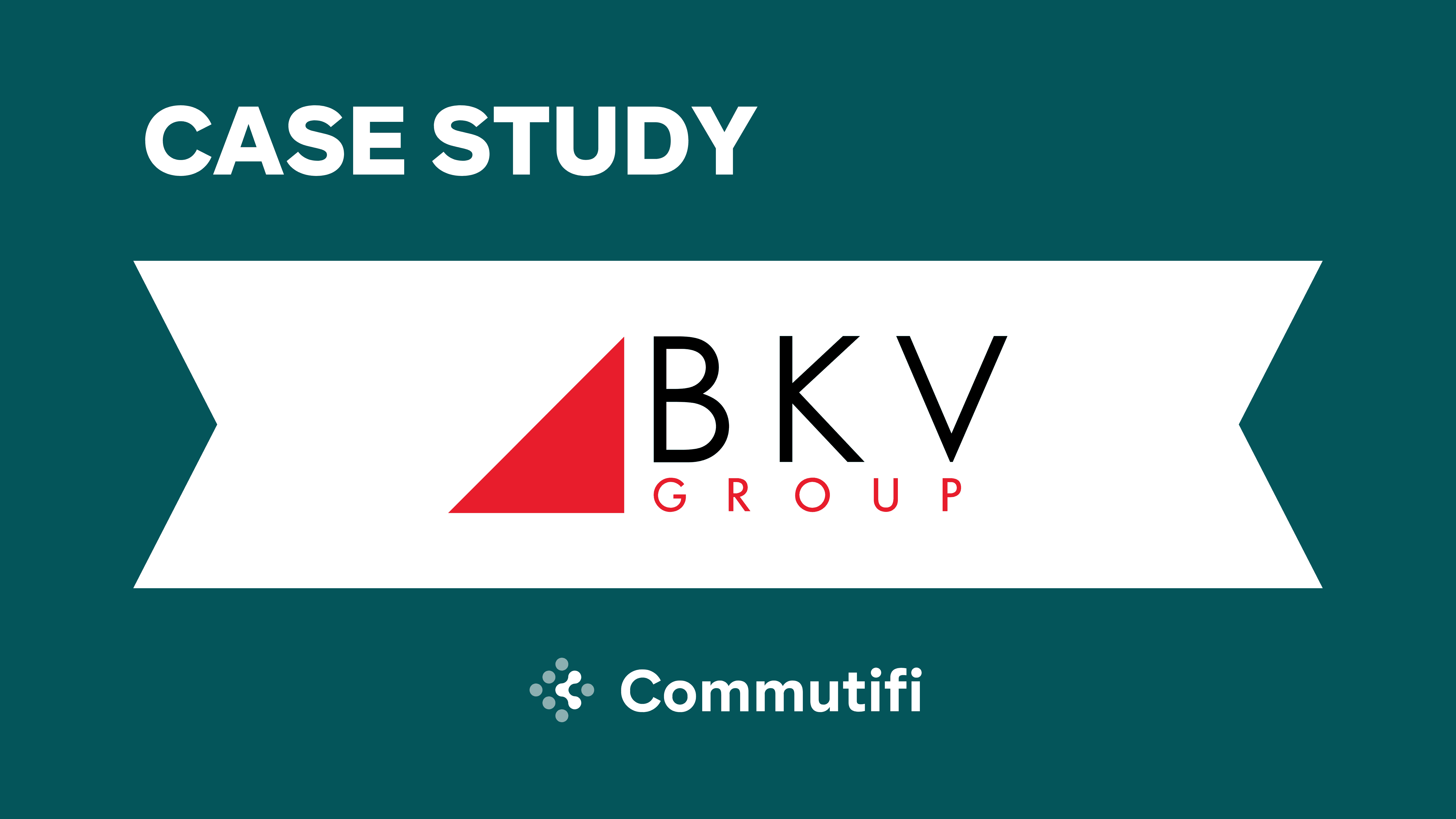Here’s How Employers Are Turning Their Commuter Goals Into Reality
Mar 30, 2022
Shahed Abotouk
Marketing Coordinator
In the current ever-changing workplace environment, employers are faced with solving one of three major commuter problems to improve the wellbeing of their employees and meet their own internal goals. Those include:
Managing employees’ return to the office
Offering better flexible commute programs
Measuring sustainability efforts to meet corporate goals.
The best way to successfully solve each one of these challenges is with commuter data. Knowing how and when employees are commuting helps commute managers customize better programs. Commuter data also reveals spending behavior that serves to illustrate the success of programs, like if an employer is overspending on underused monthly parking. This information can help employers visualize and understand employees’ commute behavior, and further put in place efficient programs that work for the entire company.
Employers are rethinking their commuter programs because of a radical shift in the way people commute post-pandemic, which has simultaneously accelerated the importance of sustainability. With The Great Resignation now painting the workforce, having a bad commute is a huge deal breaker to professionals today, with many willing to leave their current employment for one that offers better benefits and incentives. Employers who want to continue to retain employees, recruit top talent, and save money need to lean on data to optimize their programs, no matter the goal..
Manage an efficient return to the office
There’s now a gradual increase in return to the office. However, flexible scheduling is still here to stay. That means it’s time to retire the static ‘one-size-fits-all’ commuter program because people are choosing a new commute, everyday.
Providing the right options is the first challenge. Employers need to leverage their commuter data to make informed decisions about what programs need to be in place and for whom. How much are employees planning on driving to work, and what’s the cost of unused parking? If employees are working from home on most days, could the employer instead offer the option of a flexible daily commute to avoid overspending? Once the employer understands their commuter data, they can determine the best commuting options for their employees and their bottom line. The next step is managing the new, more flexible programs.
While there are many ways to do this, we find the best way to manage and organize all this is in a data-driven commute management platform. The right platform can help simplify the process from the initial analysis down to the distribution and management of commuter programs. A commute management platform is designed to be a central hub for all commuter needs that employers and employees can seamlessly use to book programs from parking to flex-work, while continuously improving the programs based on the commuter data. By automating the process, it takes the stress out of dealing with upfront challenges associated with returning to the office.
Is this something you’re interested in learning more about? We have our own data-powered commute management platform you can check out here, or talk to one of our commute specialists!
Incentivize flexible commuting
Since professionals now prefer having a daily commute over a costly, static one, having flexible employer-sponsored commuter subsidies is a huge incentive for employees. Employers using data-driven commuting platforms are dispensing these incentives through flexible spending cards that act as an all-access pass to all employee commuter benefits programs.
Most programs skip the data and miss out on telling the whole company’s commuting story. They distribute the same old benefits not knowing if they’re underutilized, Meanwhile employees are stuck in endless cycles of bad commutes, and the company loses out on a lot of insight that can save them thousands of dollars a year. With commuter data, employers are able to make smarter spending decisions to dispense the right commuter benefits and subsidies to the right employees. By using a flexible spending card, employers can plan, manage, and track the daily spending of employees, and customize exactly how much, when, and where employees spend their subsidies, all under one data-driven platform.

With a flexible data-driven spending card, all of the company's mobility and parking subsidies are in one place, making it a seamless process for the employer, employee, and administrators. Employers can also program flexible spending cards to reward employees with points to spend for opting into a daily commute.
These programs result in supporting better daily commute habits through incentivizing flexibility and the use of micro mobility and multimodal transportation.
Our data-driven flexible spending card has helped employers optimize their commute programs and stay adaptable. Let’s talk to see if Commutifi’s Mobility Card is the right fit for you.
Measure emissions or sustainability
Reporting on ESG and sustainability goals and metrics has become an important measurement in corporate evaluations. Companies are adapting to new pressures from governments and investors to clearly identify their sustainability strategies. To do this, companies need to leverage their own commuter data.
Commuter data can reveal a lot about employee transportation behavior and help employers recognize the right programs to deploy. It also can reveal how sustainable each employee commute is and how much emissions the company is producing. Understanding this can potentially change the impact an employer can make on a company’s sustainability goals.
Employers are tackling their biggest sustainability goals for the first time, with an emphasis on neutralizing corporate environmental impact in the midst of accelerating climate change. But pressure to meet these goals with little data and resources to work with means many don’t know where to start. Recent data from a survey of top Fortune 500 Companies on their corporate sustainability goals found that more than 80% of those companies have set goals, but 25% were unsure how to meet them.
The best way to meet these goals is by using the right data-driven tools to manage employee commuter programs. Automating and taking advantage of the company’s existing commuter data can help make sense of what needs to be done to reduce the company's emissions.
We created a streamlined process for analyzing, tracking, and optimizing data to get your sustainability metrics so good you never have to worry about them (because they are always optimizing!):
Surveys: Start by asking your employees how they commute and analyzing the results.
Connected Data: Integrate all your mobility and parking services into one platform and gather real-time data on your employees commutes.
3rd party integrations: Simplify distribution and management of your commuter programs in one place.
Trip logging: Incentivize your employees to track their commutes, provide rewards for their commuting habits, and optimize better programs from that data.
Real-Time Analysis: Analyze the sustainability impacts of commuting over time and adjust program direction if needed.
At Commutifi, we use the power of all 4 tools to compute a data driven analysis and report that rightfully simplifies all the complications of setting your company up to successfully meet your commuter sustainability goals.
Whatever your commuter goal, we can help! We’d love to chat about your company’s sustainability and commuter goals. Schedule a call here.




